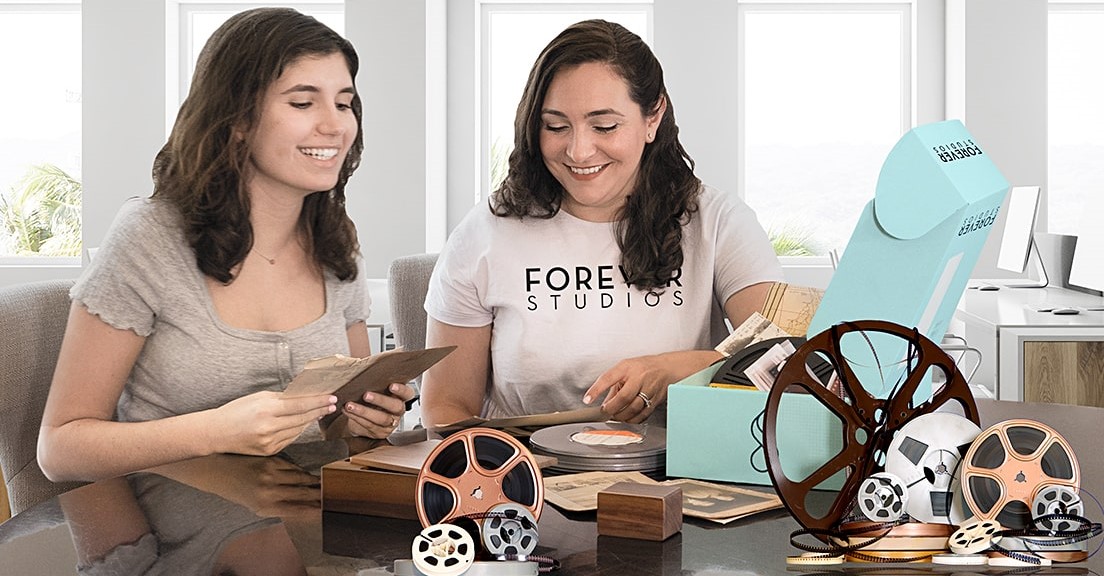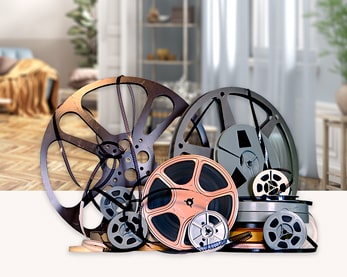
Exploring the Difference Between 8mm, Super 8 and 16mm Film
Curious about the distinctions between Super 8, 8mm, and 16mm film formats?
By David J

About Forever Studios
Forever Studios is a South Florida based company that specializes in family history preservation serving customers across the United States in VHS to Digital Conversion, 8mm Film to DVD, Photo Scanning Services, Old Photo Restoration & Wall Art & Photo Prints.
David J.
David Jacobs is Forever Studios’ Lead Media Transfer technician, and has been a key member of the Forever Studios team for many of our most important years. His dedication to analogue media has made him one of the more knowledgeable men in the business.

David Jacobs is Forever Studios’ Lead Media Transfer technician, and has been a key member of the Forever Studios team for many of our most important years. His dedication to analogue media has made him one of the more knowledgeable men in the business.



